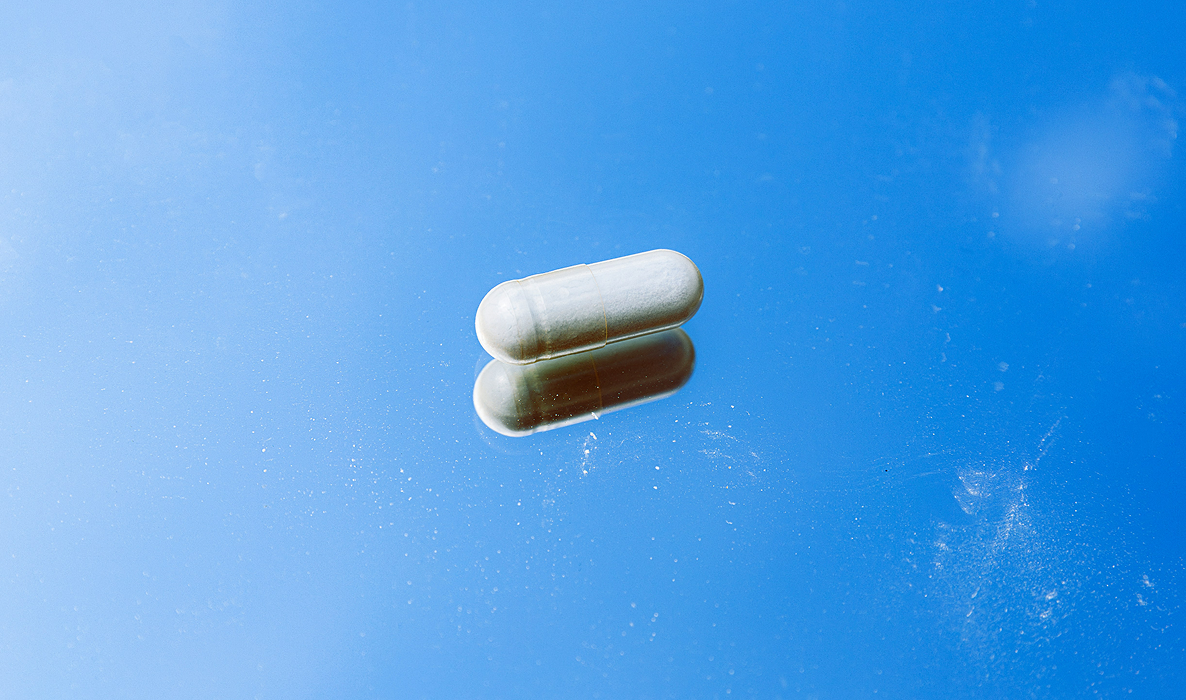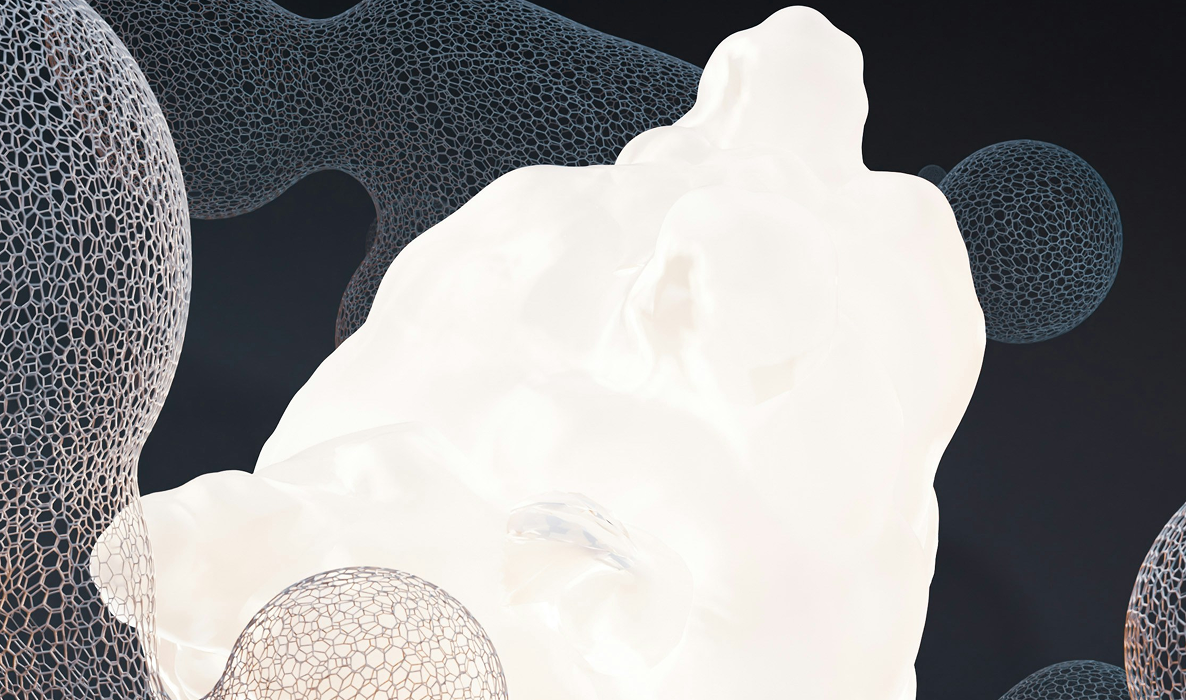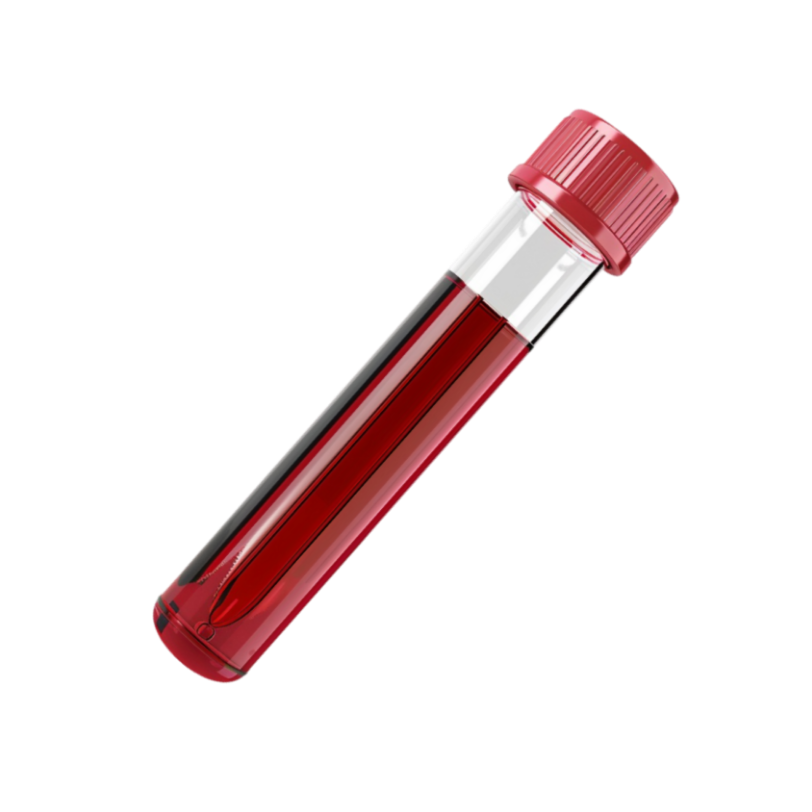Inflammation: your body’s fire alarm
Inflammation isn’t the villain—it’s the signal. “It’s the immune system’s first line of defense. Some people like to think of it as a fire alarm that goes off when something’s burning.”
The real danger appears when that alarm never shuts off; the steady buzz of chronic inflammation quietly degrades tissues, hormones, and mood.
Sugar & glycation: the mischievous duo
I call glycation and inflammation “holding hands,” because they march into disease together. When excess glucose sticks to proteins it forms AGEs—advanced glycation end‑products. “Sugar is a big one because when you glycate proteins… they’re little trouble‑makers that wreak havoc in the cellular machinery.”
Want an everyday example? A high‑carb breakfast spikes glucose, launching a whole day of damage. “One of the biggest gateways to glycation for the day is a high‑carb breakfast.”
Biomarkers: know your numbers
Think of labs as dashboard lights, not verdicts. Hemoglobin A1c is my favorite starting point: “In a single blood test you can see whether blood sugar has been consistently high over about three months.”
I like A1c ≤ 5.3 %, fasting insulin < 8 μIU/mL, and hs‑CRP in the low single digits. Track, adjust, repeat.
Food & fasting: a daily reset button
Skip the pastry parade. Load protein first, push carbs later, and try skipping breakfast a couple of times a week. “Intermittent fasting is wonderful—it prevents all those spikes of insulin and glucose and lets the body reset.”
Electrolytes, bone broth, and common sense keep longer fasts friendly. Remember: the goal is metabolic flexibility, not misery.
Heat & cold: thermal medicine you already own
You don’t need a prescription—just a sauna, shower, or lake. “Both extremes are helpful: cold plunging drives anti‑inflammatory effects and heat improves insulin sensitivity. I’m a big champion of that.”
Start with what feels tolerable; consistency beats bravado every time.
Laugh, move, breathe: stress hacks that actually stick
If you know me and Ben Bikman, you know we weaponize dad jokes. “If you can access some really cheesy dad jokes, that is going to move the needle—laughter, laughter, laughter!”
Add ten minutes of morning sunlight and an easy walk. Breathe through your nose, not your mouth—nitric oxide is a free vasodilator.
Final thoughts
Chronic inflammation is optional. Swap the carb‑heavy dawn for protein, give your gut a break, embrace hot‑and‑cold contrast, and laugh often. Measure progress, tweak, repeat.
If you act on even one of these levers today, you’ll start silencing that fire alarm and reclaiming metabolic health. Let’s get after it.
About Dr. Paul Reynolds
Dr. Paul Reynolds is a distinguished scientist and professor at Brigham Young University, where he leads the Reynolds Lab in advancing critical research on glycation, inflammation, and their roles in pulmonary health. His interdisciplinary work bridges cellular biology, molecular signaling, and environmental health to better understand—and mitigate—the root causes of pulmonary disease.












